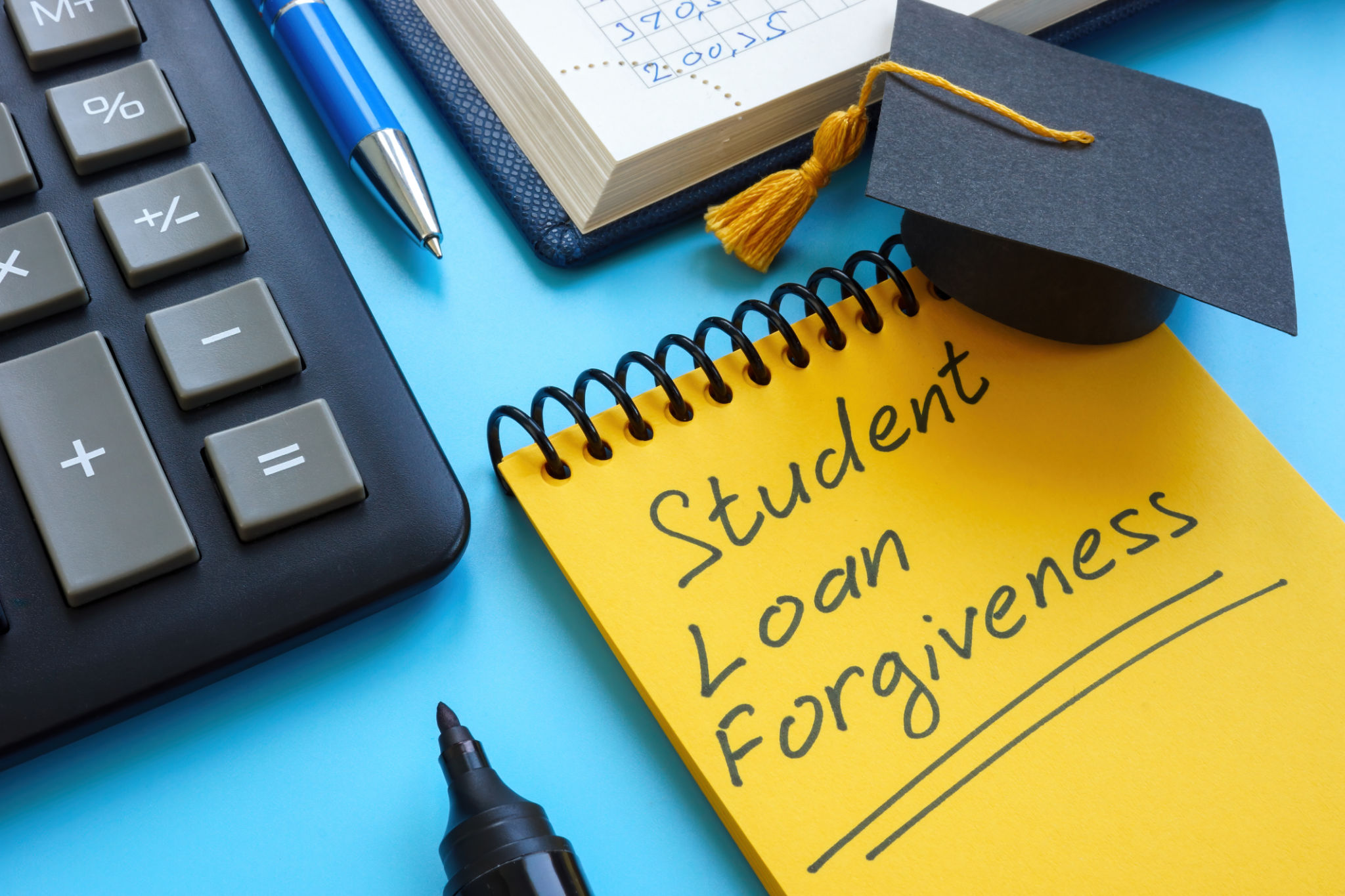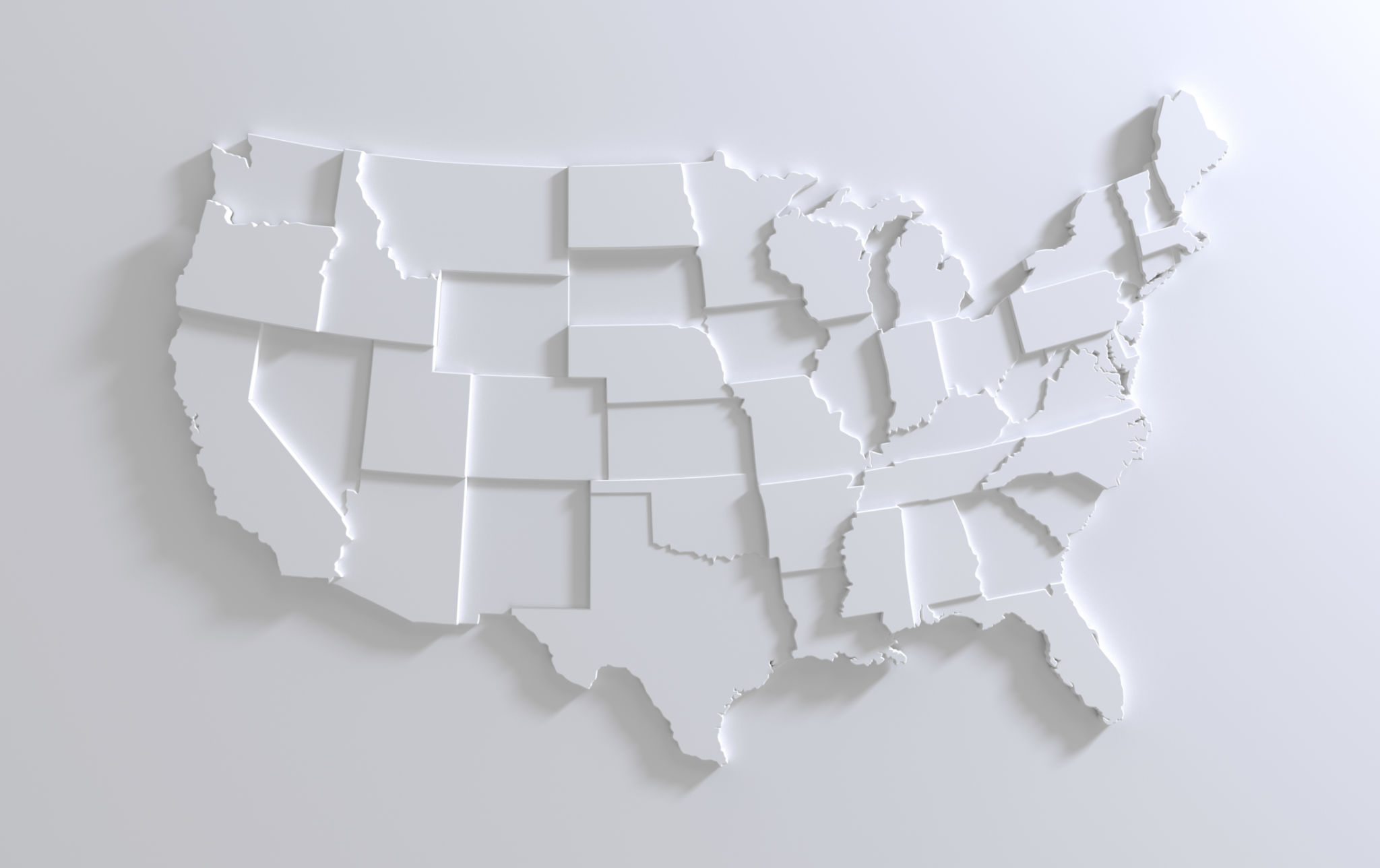The Complete Guide to Student Loan Forgiveness Programs
Understanding Student Loan Forgiveness
Student loan forgiveness programs are designed to help alleviate the burden of student debt by canceling a portion or all of the borrower’s remaining balance. These programs are typically available to graduates who meet specific criteria, such as working in public service or teaching in underserved areas. Understanding the different types of forgiveness options is crucial for borrowers looking to minimize their education debt.
There are several federal and state-based loan forgiveness programs, each with its own set of eligibility requirements and benefits. It’s essential for borrowers to explore these options to determine which program best aligns with their career path and financial goals.

Federal Loan Forgiveness Programs
Public Service Loan Forgiveness (PSLF)
The Public Service Loan Forgiveness program is one of the most popular federal forgiveness options. It is designed for individuals working in public service jobs, such as government positions, nonprofit organizations, and certain teaching roles. To qualify, borrowers must make 120 qualifying monthly payments under a qualifying repayment plan while working full-time for a qualifying employer.
This program requires a long-term commitment to public service, but it can result in significant savings by forgiving the remaining loan balance after ten years of eligible payments. It's important to certify employment annually to ensure continued eligibility.
Teacher Loan Forgiveness
The Teacher Loan Forgiveness program offers relief for educators teaching in low-income schools. Qualified teachers can receive forgiveness of up to $17,500 on their Direct Subsidized and Unsubsidized Loans after five consecutive years of service. This program incentivizes educators to work in high-need areas, addressing teacher shortages and improving educational equity.

Income-Driven Repayment Plan Forgiveness
Income-driven repayment plans adjust monthly payment amounts based on the borrower’s income and family size. These plans include Income-Based Repayment (IBR), Pay As You Earn (PAYE), Revised Pay As You Earn (REPAYE), and Income-Contingent Repayment (ICR). After 20 or 25 years of qualifying payments, any remaining loan balance is forgiven. This option provides a safety net for borrowers with lower incomes or those experiencing financial hardship.
It’s essential to recertify income and family size every year to maintain eligibility for these plans. Although the forgiveness timeline is longer compared to other programs, it offers a viable path for borrowers who need affordable monthly payments.
State-Based Loan Forgiveness Programs
In addition to federal programs, many states offer their own loan forgiveness options aimed at retaining professionals in crucial fields such as healthcare, law, and education within the state. These programs often require recipients to work in specific regions or sectors for a set number of years.

To take advantage of state-based options, borrowers should research opportunities available in their state or region. Each program varies in terms of eligibility requirements and benefits, so understanding the specifics is key to maximizing potential forgiveness.
Conclusion
Navigating the world of student loan forgiveness can be complex, but with careful research and planning, borrowers can significantly reduce their debt burden. By understanding the different programs available—such as PSLF, Teacher Loan Forgiveness, income-driven repayment plans, and state-based initiatives—borrowers can find a path that aligns with their career goals and financial situation.
Exploring these opportunities early in your career can lead to substantial savings and greater financial freedom in the long run. Stay informed about changes to forgiveness programs and consult with a financial advisor if necessary to make informed decisions about your student loans.